Montgomery County’s Historical African American Communities
October 7, 2017
Because of my connection with the Maryland Historical Trust as a former historic sites surveyor and researcher, I was invited to be part of the celebration event honoring the restoration and preservation of Loving Charity Hall (shown above as it was in 1914), a historic site in Martinsburg, Maryland. As part of my lecture, I acknowledged the vision, hard work, and talents of those involved who made the project possible: the ancestors, Martinsburg supporters, and Heritage Montgomery.
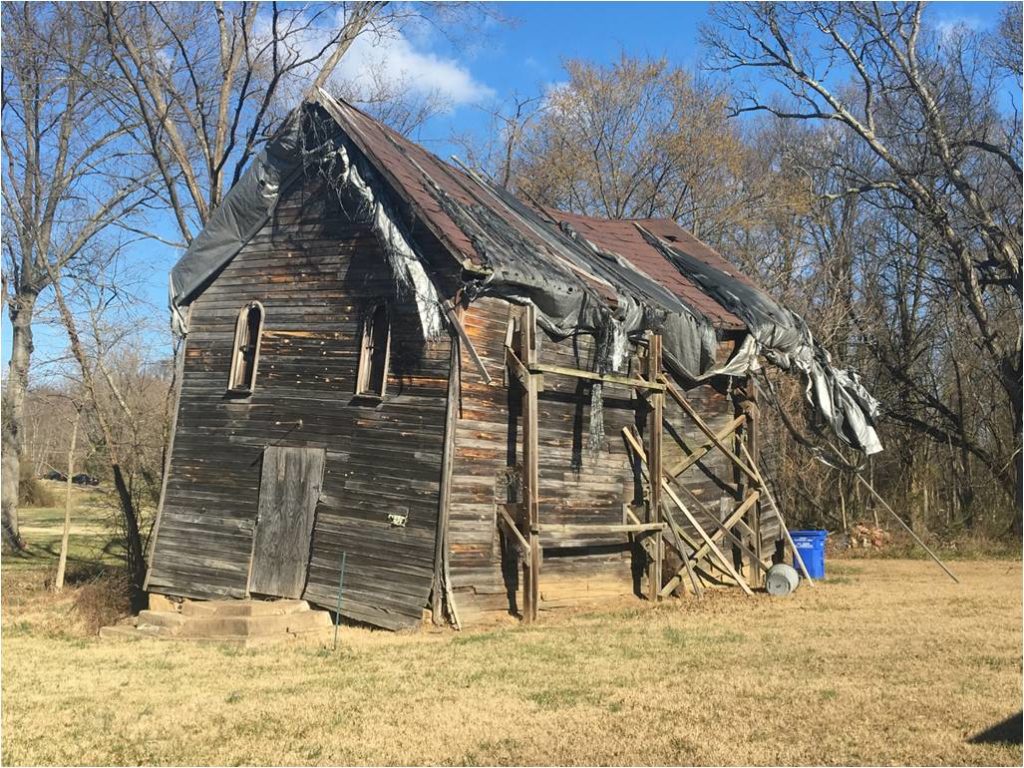
Loving Charity Hall historic site in Martinsburg, Maryland, today. A self-help organization that was a product of segregation and of making a way out of no way; it offered insurance, burials, and help for orphans and widows. It was also a center for the social life of the community, hosting dances, plays, meetings, etc. Today the site is barely surviving, but thanks to the Maryland Historical Society, it is under renovation as a community center, scheduled to open in October 2018 as a home for history and tourism.
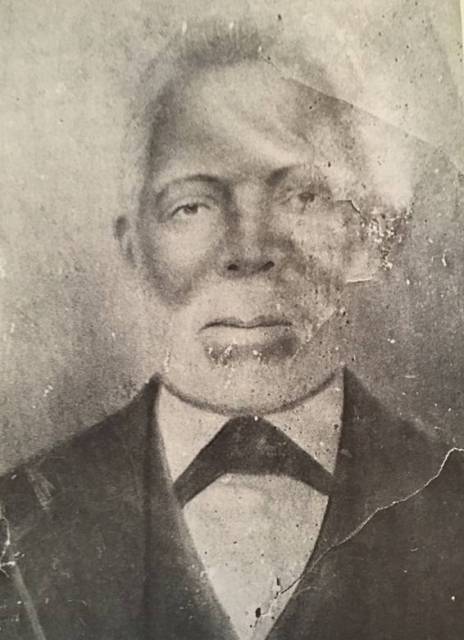
Portrait of Albert Thompson, Martinsburg. A former slave born in 1817, Thompson was one of the founders of the black community in Martinsburg. His residence is shown on the Hopkins Atlas of Montgomery County of 1879, map 2. His son Charles was a blacksmith in Martinsburg, and his granddaughter, Evelyn Herbert, taught school there.
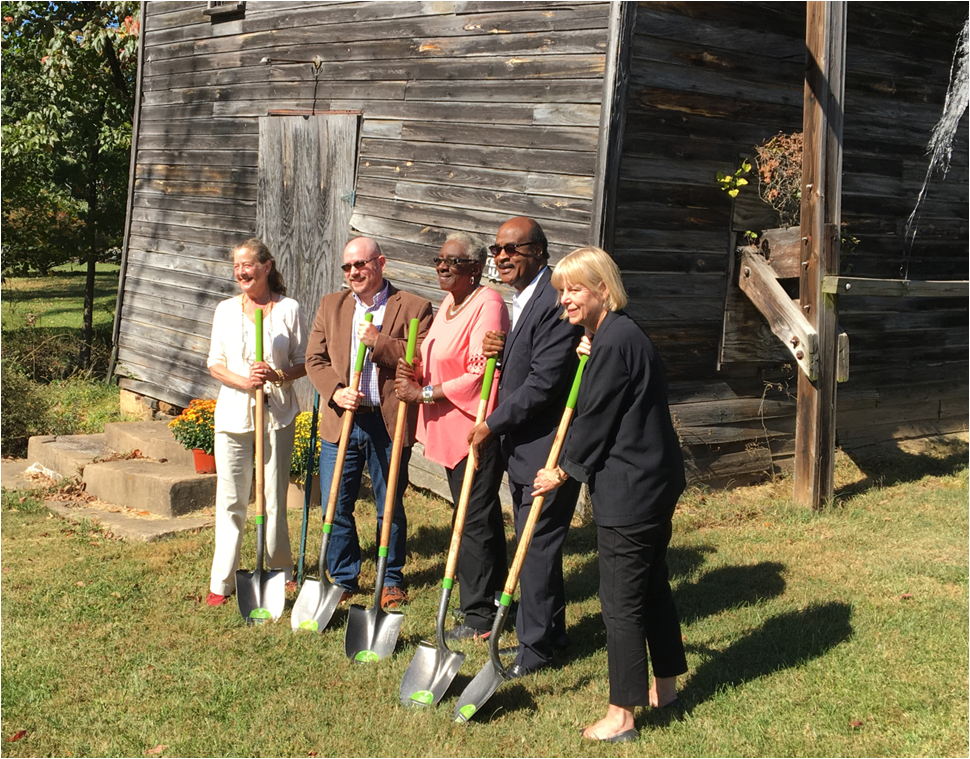
2017 Groundbreaking Ceremony
Maryland had been my training ground for a career in historic preservation and historic sites. In 1974, while in graduate school for my Ph.D. at Duke, I was hired as a historic sites surveyor for the Maryland Historical Trust to conduct a survey of African American sites in southern Maryland from 1976 to 1977. There was no comparable work being done in North Carolina or elsewhere in the South at the time, and I did my dissertation on the topic. What I learned in Maryland was that historic sites make history tangible — they enable us to build bridges between past, present, and future, and among people of different races and backgrounds; they enable us to see history from multiple points of view.
Around the time of my work as a historic sites surveyor, Paul Sims and I researched and documented a former landowner’s home, the Jones-Hall-Sims House in Montgomery County near Poolesville for Sugarloaf Regional Trails and Maryland Historical Trust. In fact, numerous family photos that I copied during the survey survive to this day as existing documentation; a few of the images — of descendants and some of their most treasured family possessions, including portraits, bibles, and more — can be viewed in my presentation below.
The work in historic preservation in Maryland continues and has gained national recognition. The Jones-Hall-Sims “Freedom House” is now on exhibit at the Smithsonian’s National Museum for African American History & Culture (NMAAHC); it tells of the transition from slavery and connects people from across the world to African American history and the struggle for freedom. Today, it could be the most visited African American home in the world.

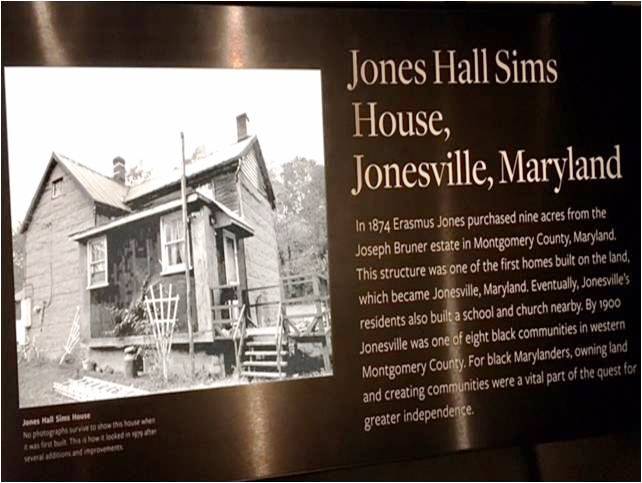
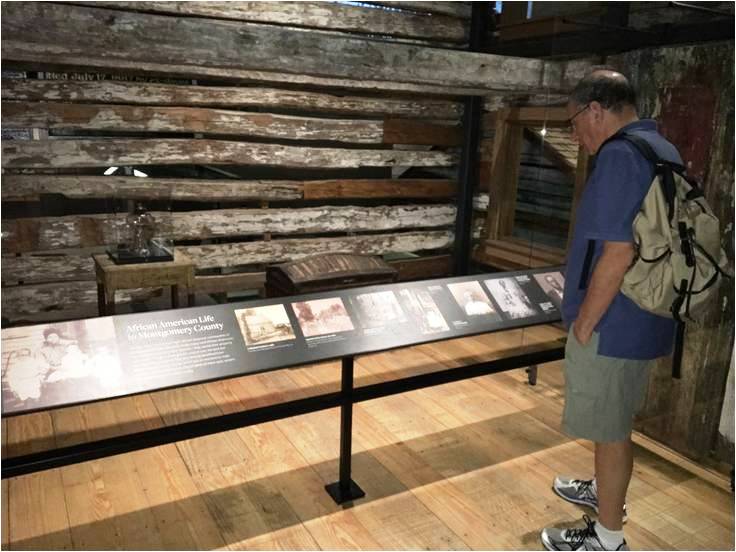
The Jones-Hall-Sims House, now on exhibit (above) at the Smithsonian’s National Museum for African American History & Culture (NMAAHC), tells of the transition from slavery and connects people from across the world to African American history and the struggle for freedom. Today, it could be the most visited African American home in the world.

With Paul Sims, left, during my research of the Jones-Hall-Sims House in the late 1970s.

From my early research, an image of John Peters – born during slavery, he was a blacksmith and grandfather to the Jones family.
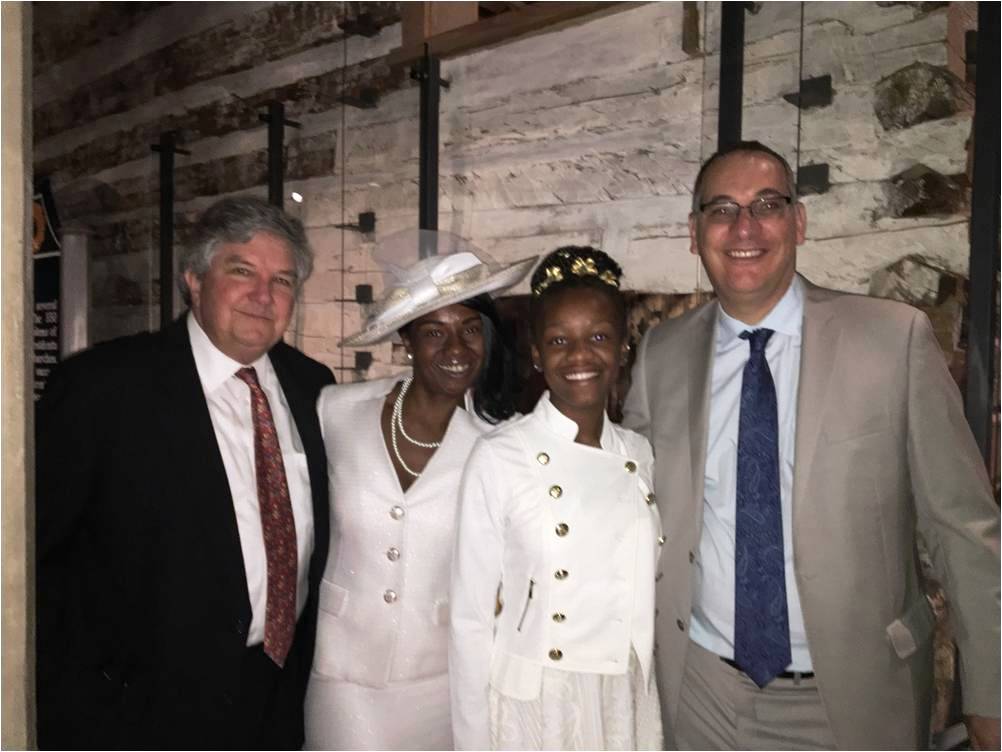
L-R: Me, Chanell Kelton, her daughter Blessing, and Smithsonian curator Paul Gardullo at the opening of the NMAAHC. Ms. Kelton was born in 1984 and reared in the Jones-Hall-Sims House.
You can dig deeper into the story here:
 George W. McDaniel, Ph.D., is President of McDaniel Consulting, LLC, a strategy firm that helps organizations use history to build bridges within itself and to its broader constituents. The company’s tag line, “Building Bridges through History,” is grounded in McDaniel’s personal beliefs and his experience in site management, preservation, education, board development, fundraising, and community outreach. Rather than using history to divide us, he strives to help organizations use history, especially local history, to enhance cross-cultural understanding and to support local museums, preservation, and education. Dr. McDaniel recently led volunteer efforts with Emanuel AME Church and historical organizations in Charleston to use historic preservation to enhance racial reconciliation and healing.
George W. McDaniel, Ph.D., is President of McDaniel Consulting, LLC, a strategy firm that helps organizations use history to build bridges within itself and to its broader constituents. The company’s tag line, “Building Bridges through History,” is grounded in McDaniel’s personal beliefs and his experience in site management, preservation, education, board development, fundraising, and community outreach. Rather than using history to divide us, he strives to help organizations use history, especially local history, to enhance cross-cultural understanding and to support local museums, preservation, and education. Dr. McDaniel recently led volunteer efforts with Emanuel AME Church and historical organizations in Charleston to use historic preservation to enhance racial reconciliation and healing.
McDaniel is also the Executive Director Emeritus of Drayton Hall, a historic site in Charleston, SC, owned by the National Trust for Historic Preservation. He retired from Drayton Hall in 2015 after 25 years of distinguished service.
Header Image: Loving Charity Hall, 1914, built by Scott Bell
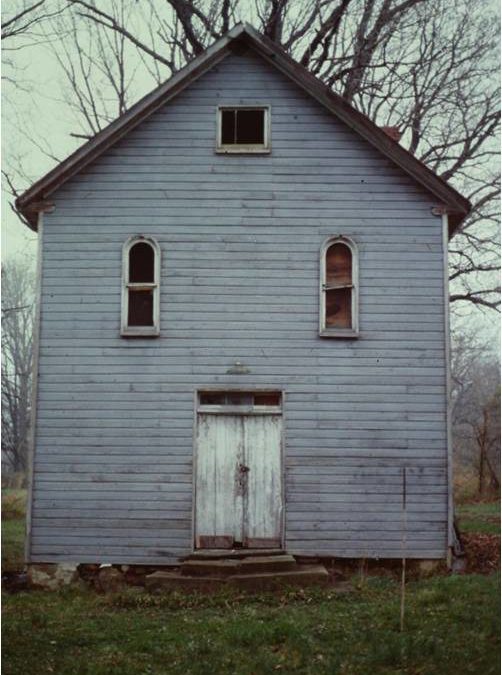
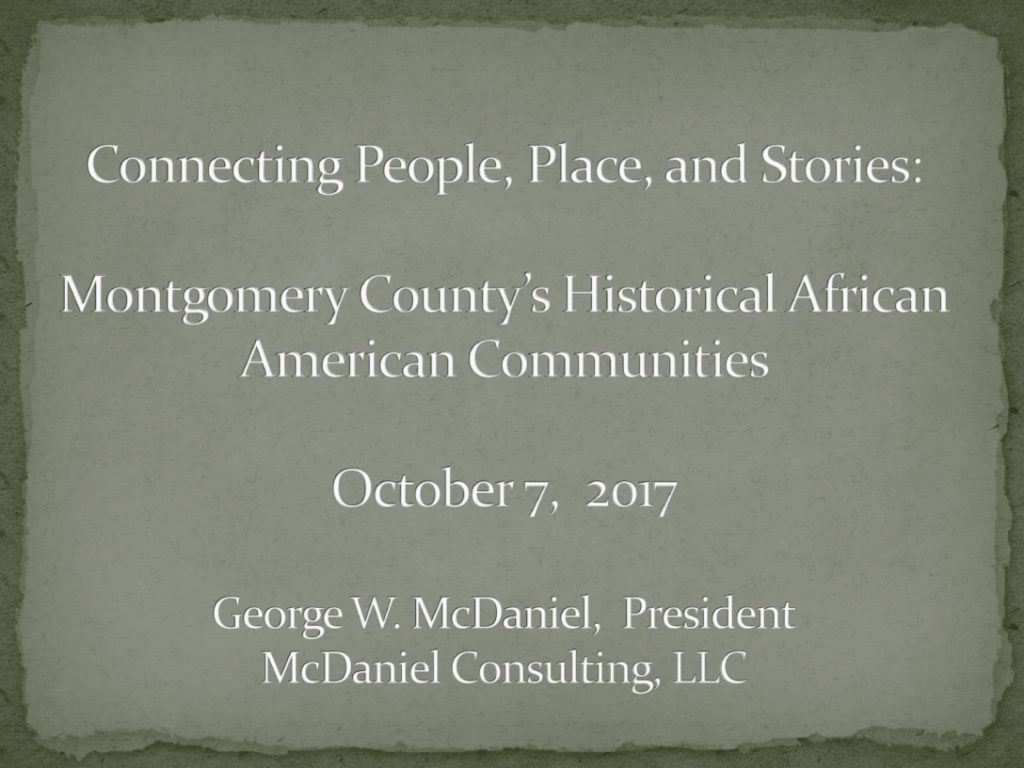
 McDaniel Consulting LLC is a strategy firm that helps organizations use history to build bridges within itself and its broader constituents.
McDaniel Consulting LLC is a strategy firm that helps organizations use history to build bridges within itself and its broader constituents.